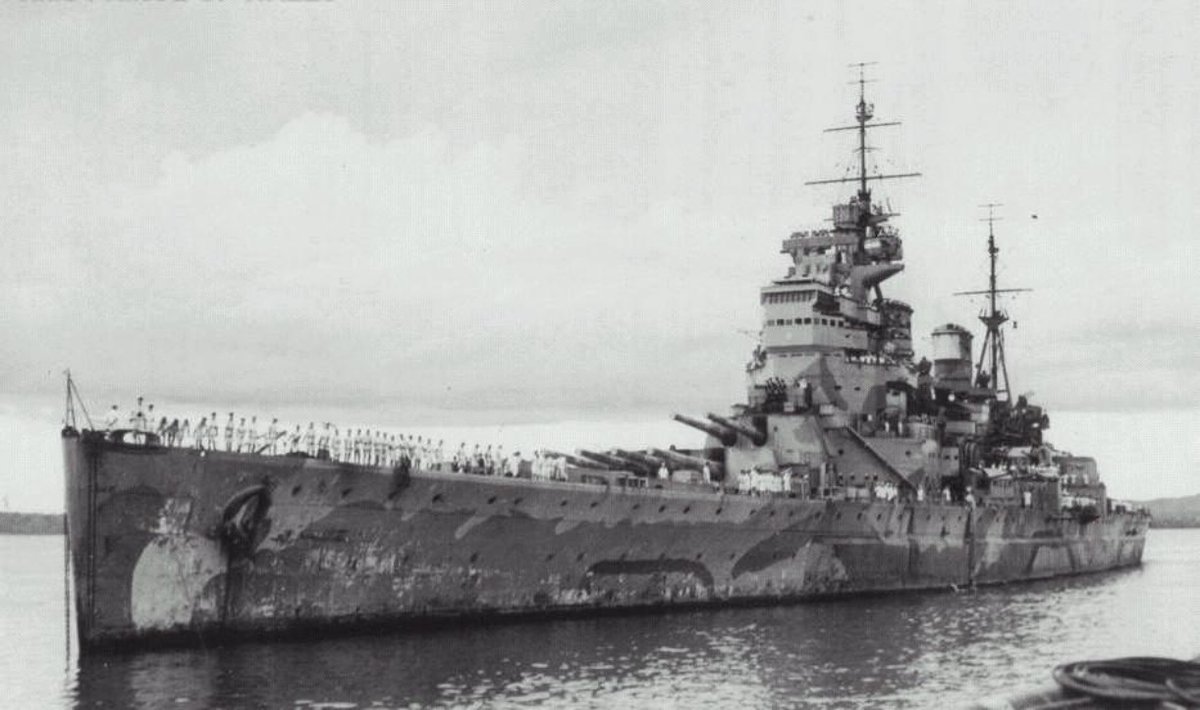An accurate representation of the state of my DM box following the posts on the King George V class.
I've been challenged to name my favorite Treaty battleship.
Of course, I imagine it's so that ruffians might be able to poke holes in my opinion.
I've been challenged to name my favorite Treaty battleship.
Of course, I imagine it's so that ruffians might be able to poke holes in my opinion.
Jokes on them because we are talking about the Richelieu class today.
My friends across the pond either concede that the Richelieu class was a valid Treaty design or they get more distracted by attacking the French, ignoring me completely.
I win either way.
My friends across the pond either concede that the Richelieu class was a valid Treaty design or they get more distracted by attacking the French, ignoring me completely.
I win either way.

Now, why do I think the Richelieu class was the best treaty battleship?
Well, a lot of it ties into what I said on the last post about the King George V class perhaps being the best "pure" or "true" treaty battleship.
Well, a lot of it ties into what I said on the last post about the King George V class perhaps being the best "pure" or "true" treaty battleship.

What I mean by that is that, in the traditional battleship role, the King George V class would have excelled. A design right at home on the battleline.
However, battleships took on a greater variety of roles during the Second World War.
However, battleships took on a greater variety of roles during the Second World War.

I believe the Richelieu class better handled these roles. While not quite as "balanced" as the KGV class, the Richelieu class had certain attributes that better lent themselves to the environment of the Second World War. 

While still being an effective battleship, it also had the speed to escort capital ships or sweep sea lanes for enemy cruisers.
While the armor protection is adequate, it had the best torpedo defense system among all the dreadnoughts at the time.
While the armor protection is adequate, it had the best torpedo defense system among all the dreadnoughts at the time.

The biggest problem with the Richelieu class was nothing to do with the design (which was sound), but due to the fact that the ships never were properly built and tested. While the KGV class had teething issues, those on the French ships were on a different level. 

However, once teething troubles were solved, the class showed itself to be highly capable.
One only has to look at Jean Bart to see what the class was capable of achieving. Had France not had to capitulate, the class would have seen completion sooner and far more smoothly.
One only has to look at Jean Bart to see what the class was capable of achieving. Had France not had to capitulate, the class would have seen completion sooner and far more smoothly.

On the subject of delayed completion, I think it also worth pointing out that the Richelieu class was the best suited for further modernization, more so than even the vaunted Iowa class was. 

The arrangement of the Richelieu class would have been ideal for post-war additions of the latest electronics or missile armaments.
This is something France wanted but could not achieve with its limited post-war funding.
This is something France wanted but could not achieve with its limited post-war funding.

Overall, my opinion is heavily influenced by hindsight, something French designers didn't have the luxury of.
Still, I do think the Richelieu class is the most underappeciated of the Treaty battleships.
#fridaymorning #FridayThoughts #History #France #FridayVibes
Still, I do think the Richelieu class is the most underappeciated of the Treaty battleships.
#fridaymorning #FridayThoughts #History #France #FridayVibes

• • •
Missing some Tweet in this thread? You can try to
force a refresh






















